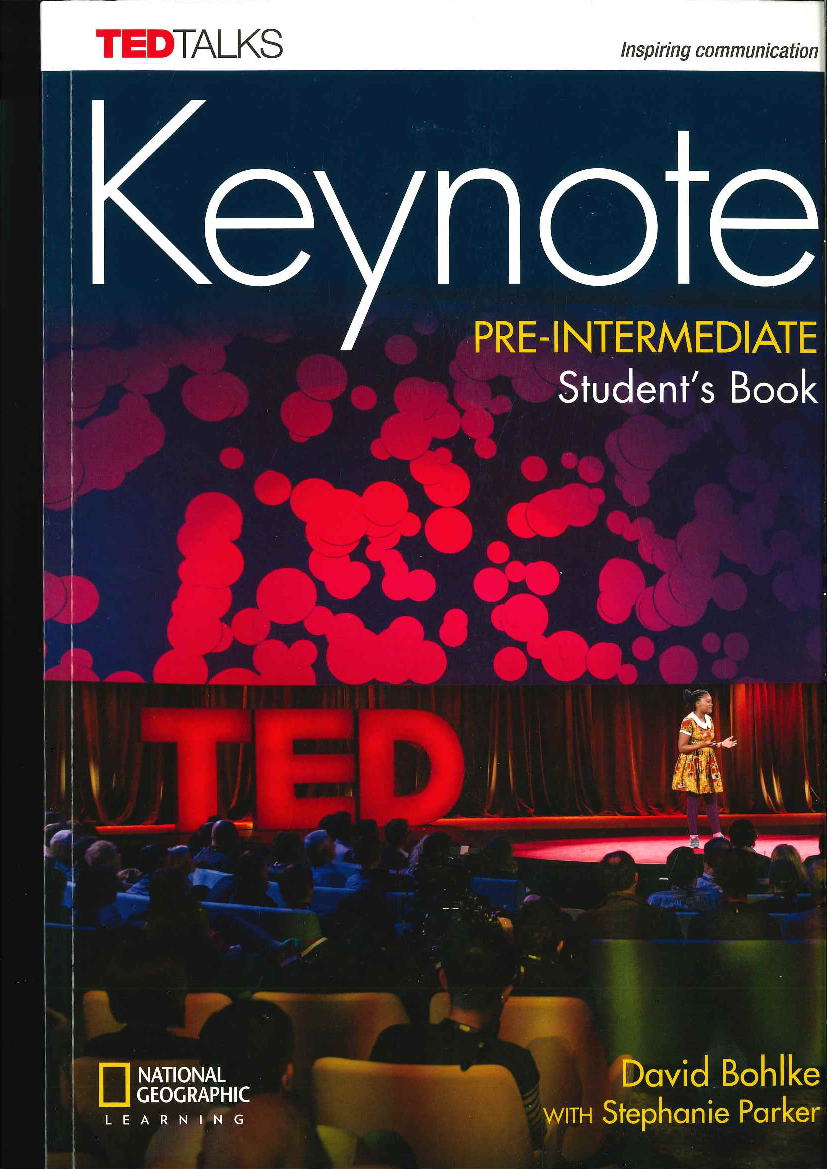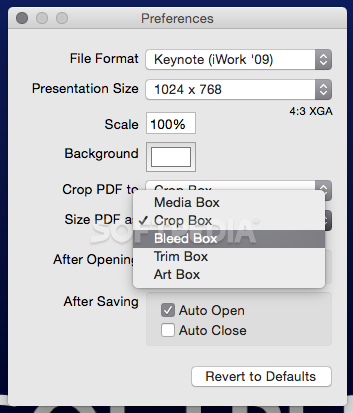

Users can apply the function to add the effects of changing the slide or the appearance of text and numerous templates built on the. With this solution, you can develop complex presentations, including text and graphics data, images, sounds, diagrams, and much more in Microsoft Office. Specialists of Forethought made it, and then it was bought by Microsoft. PPT – is a popular format for creating a variety of presentations. Keynote files in iWork can only be opened by iWork. plist files, a "Data" directory with image assets like backgrounds and photos for slides, and jpg files for previewing. Its new version saves a file with an "index" directory with Apple's proprietary IWA file format, a "Metadata directory with.
#KEYNOTE TO PDF ZIP FILE#
The key file is a compressed ZIP file with other files to make up the. Specifications for Keynote files are not available, but one can reference the iWork '05 file format by Apple. It was introduced in 2003 to compete with PowerPoint. Also, the KEY file can be a storage device for the XML data used for presentations. It comes with platforms like slides, images, transition information, and text for presentation.
#KEYNOTE TO PDF MAC OS X#
The Mac OS X package is used to store presentations. Apple made the software for the creation and playback of presentations. Automatically creating the Keynote file vastly improves my workflow and I no longer have to think so much about it.The KEY file extension is used for Keynote Presentations. I’m not sure if we need to wait for the conversion to happen before we quit, in which case, we can add sleep 3 if we need to.
#KEYNOTE TO PDF PDF#
The PDF file is automatically closed for us too.įinally, we can use AppleScript via the osacript command to quite PDF to Keynote. We then call open -a to open PDF to Keynote with the PDF file as the argument which then automatically creates the Keynote file and stores it into the same directory. To do this, we use the defaults command line tool to set up PDF to Keynote the way that we want. We can also programmatically set the aspect ratio. The nice thing about PDF to Keynote is that it has preferences to automatically create the Keynote file after a PDF file opened and to automatically close the PDF file once saved. Osascript -e 'tell application "PDF to Keynote" to quit' Open -a /Applications/PDF\ to\ Keynote.app/Contents/MacOS/PDF\ to\ Keynote "$(pdf)" # "make keynote": creates the Keynote file using "PDF to Keynote"ĭefaults write presentationSize "$(aspect_ratio)"ĭefaults write autoSaveAfterOpen 1ĭefaults write autoOpenAfterSave 0ĭefaults write autoCloseAfterSave 1 I use a Makefile for this and this is the target & relevant variables:

Recently, with Melissa’s prompting, I realised that I could automate the creation of the keynote file which makes life easier! This is a GUI tool, so I manually create the Keynote file when I need it which is tedious. Keynote doesn’t read PDF files by default, so we have to convert them and the tool I use for this is Melissa O’Neill’s PDF to Keynote.

When it comes to presenting on stage, on Linux there are tools such as pdfpc and on Mac there’s Keynote. I use rst2pdf to create presentations which provides me with a PDF file.


 0 kommentar(er)
0 kommentar(er)
